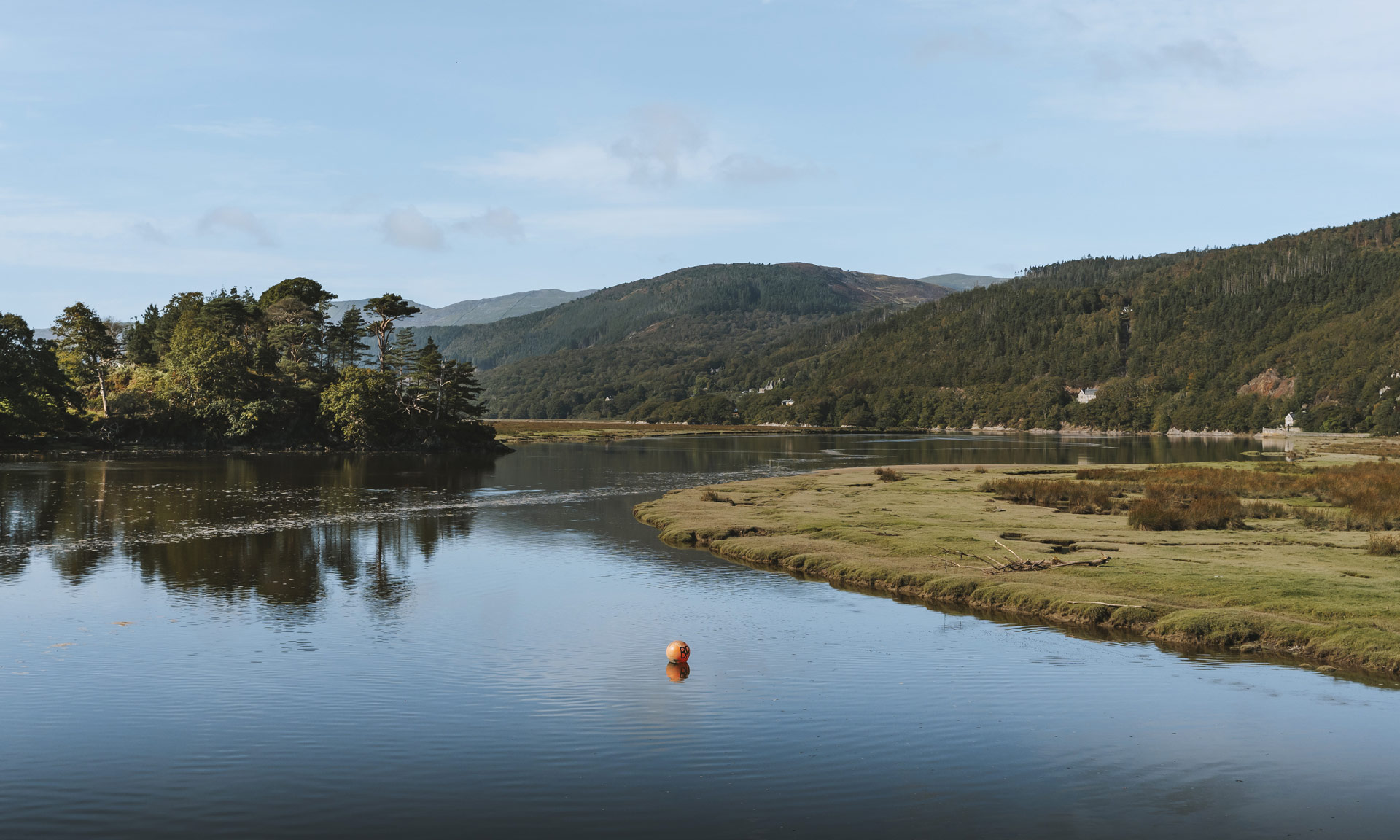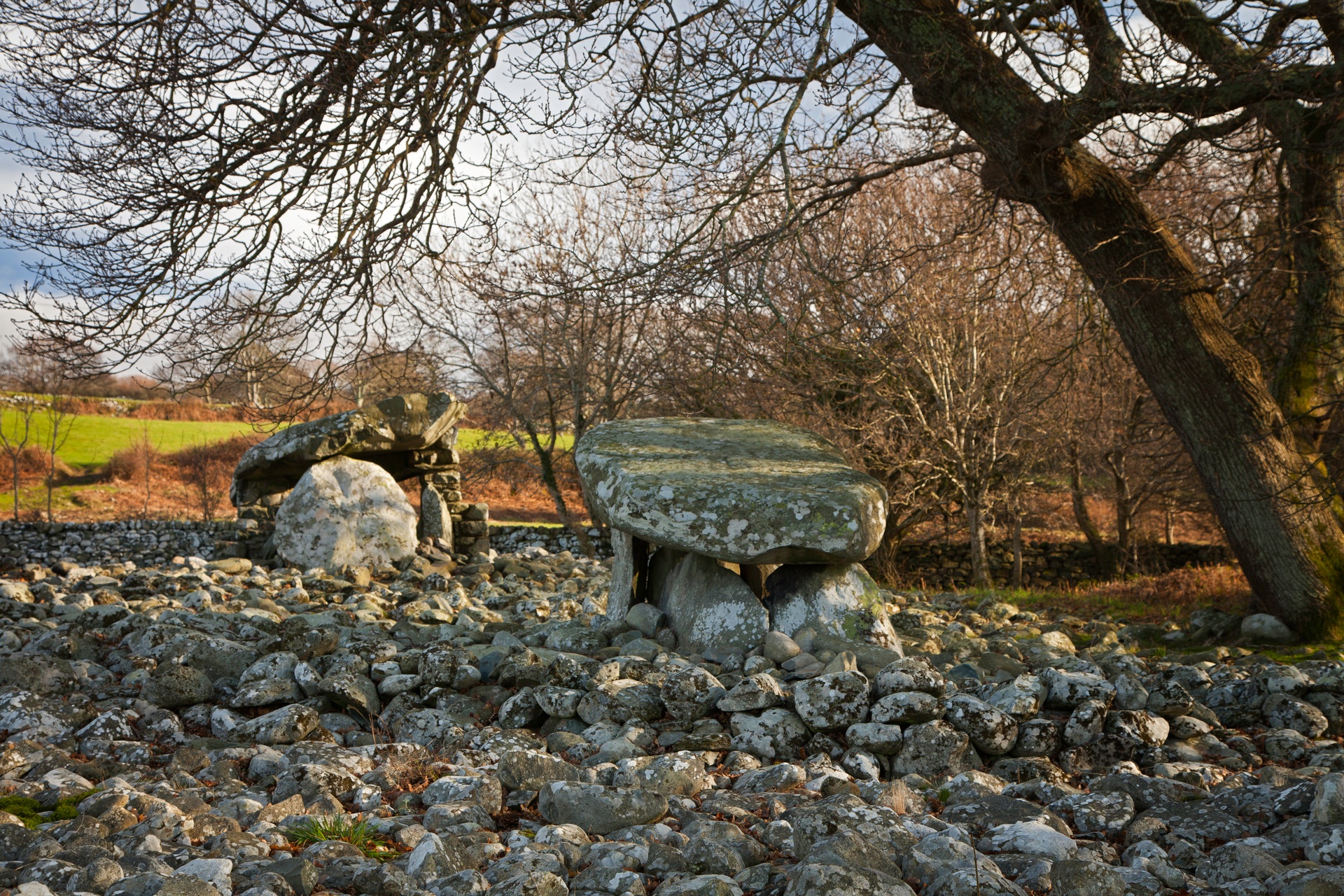Welcome to our journey through the southern areas of Eryri National Park.
Over the next six months, we invite you to join us as we learn about the history, culture, and natural beauty that defines this captivating region.
Our journey begins this June, as we highlight the area of Ardudwy.
Discovering Ardudwy
The town of Harlech itself is recognised as one of Eryri’s 14 conservation areas, a testament to the commitment to preserving the region’s built environment and architectural beauty.
Exploring Harlech Castle and the Myth of Branwen Ferch Llŷr
Harlech Castle, part of the King Edward’s Town Castles and Walls World Heritage Site, stands as a proud monument of medieval might and architectural ingenuity. Its battlements offer breathtaking views of the sea, while it’s halls echo with the legends of old, including the second strand of the Mabinogion, Branwen Ferch Llŷr (Branwen, daughter of Llŷr). This epic tale of pride and jealousy begins when Matholwch, King of Ireland, comes to Harlech to marry Branwen. You can read more about Branwen Ferch Llŷr here on our website.
More information about Harlech Castle can be found here.
Salem Chapel: A Canvas of Welsh Identity
In Salem Chapel, nestled within Cwm Nantcol, lies a treasure of Welsh artistry – the painting “Salem” by Sidney Curnow Vosper. This iconic piece captures the essence of Welsh culture and the solemn beauty of religious devotion.
The watercolour painting shows a scene from a church service in Salem Chapel, Cefncymerau, Llanbedr near Harlech. Siân Owen, wearing traditional Welsh clothing, stands in the centre holding a hymn book. Over time, ‘Salem’ became a symbol of Welsh identity and non-conformist tradition. Some people thought they could see the devil’s image in the folds of Siân Owen’s shawl, adding mystery to the painting. Lord Leverhulme, the owner of Sunlight Soap, purchased the original painting and offered people the opportunity to collect tickets from his ‘Sunlight Soap’ products to obtain a print of it. The painting is now housed in the Lady Lever Art Gallery in Port Sunlight.
The region boasts archaeological wonders like Bryn Cader Faner, a striking cairn circle, and the Dyffryn Ardudwy Burial Chamber.
Dyffryn Ardudwy Burial Chamber
Located on a slope overlooking Ceredigion Bay, the Dyffryn Ardudwy Burial Chamber features a pair of Neolithic tombs, built approximately six thousands years ago during two distinct periods. This era marked the beginnings of agriculture and livestock farming. Despite being open to the elements, the tombs are remarkably well-preserved, with the headstones still securely positioned on their upright stones. Archaeologists believe this site served as a kind of ancestral house where the remains of the deceased were kept together. It was likely a place for rituals, such as offering gifts, food, and drinks to the ancestors.
For more information, visit Cadw’s website.
Bryn Cader Faner
Bryn Cader Faner is an Early Bronze Age burial site, dating back about four and a half thousand years. This stone cairn, with a diameter of 9 meters, contains a small chamber of stone slabs where a body or cremation would have been placed. Its most distinctive feature is a circle of tall stones pointing out at a dramatic angle. The site is strategically located in the landscape to appear as a striking silhouette on the horizon when approached along an old track. Although damaged by treasure hunters in the 19th century and the army during target practice in 1939, Bryn Cader Faner remains one of the wonders of prehistoric Wales.
For more information about archaeological sites, including these two, please visit Coflein or Archwilio websites.
St. Tanwg Church
Located amidst the sand dunes at Llandanwg, the ancient church of St. Tanwg holds a storied history dating back to the 5th century, attributed to its founder, St. Tanwg. Regarded as one of Britain’s oldest Christian establishments, St. Tanwg’s church stands resiliently within the shifting sands, approximately 20 meters from the high-water mark. Despite being frequently buried by encroaching sand, the simple stone walls of the church offer a serene sanctuary, where even on the calmest days, the distant sound of waves crashing upon the shore permeates its interior.
You can find more information about the history here.
Stay tuned to our social media channels for updates and insights as we continue our journey through Ardudwy. Together, let us uncover the hidden gems and timeless treasures that await in the southern parts of Eryri National Park.



